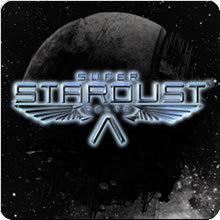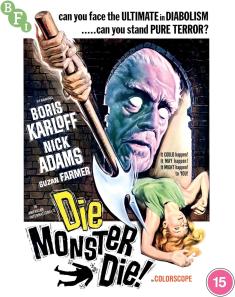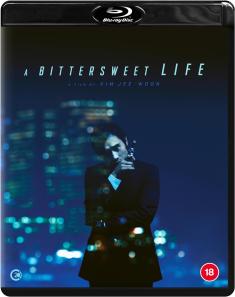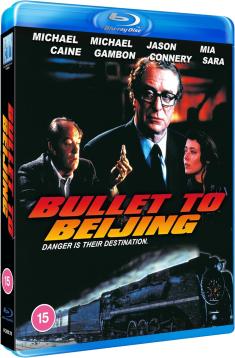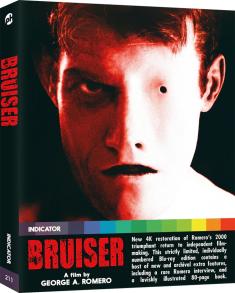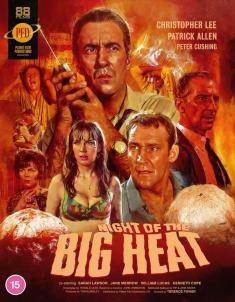Super Stardust Delta
Overview -
First created by the Finnish developer Bloodhouse for the Amiga, Atari STE and PC, the Stardust series got started nearly 20 years ago. Inspired from Asteroids, the space theme of the game allows players to fly a spaceship through levels firing at everything in sight. Since that time, Bloodhouse merged with Terramarque to form Housemarque and started pushing out new versions of the game. One of the more recent versions, Super Stardust HD, hit the PlayStation 3 during 2007 and was used by Sony as a “welcome back” gift after the PlayStation Network hacking debacle during 2011.
The company also released a version for the PSP called Super Stardust Portable during late 2008. This version was considered something of a failure due to the lack of dual analog sticks on Sony’s old portable. Now that the PlayStation Vita offers dual analog functionality, Housemarque is back with Super Stardust Delta and is ready to enthrall Vita owners with fast-paced, tense shooting.
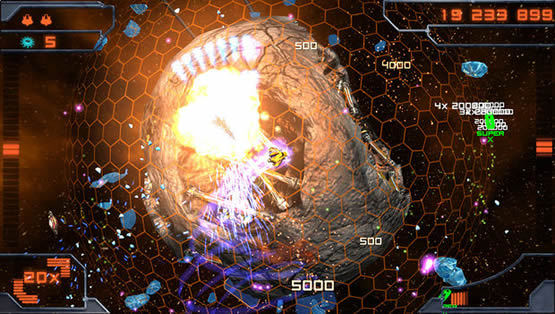
Video Review
The game simply looks fantastic on the Vita’s 5-inch OLED screen. While not as detailed as more expensive launch titles, the colorful graphics are vibrant and the special effects are gorgeous in action. Even with all the moving particles on screen, the frame rate is rock solid, ideal for a shooter that requires split-second decisions. In addition, the load times are very fast compared to the rest of the launch lineup.
Audio Review
The techno soundtrack is the main showpiece of Housemarque’s auditory work. The speedy, frantic pacing of the music only adds to the intensity of this twin-stick shooter. I even tried playing my own music during the game, but Weezer just can’t compete with the high-energy tunes in Super Stardust Delta. The sound effects are on par with previous Stardust titles and exactly what you would expect from a space-based shooter.
Sony’s got a winner with Super Stardust Delta, both in the price category and the entertainment value. It loads quickly on the Vita, offers excellent visuals and music, uses a small amount of file space on your memory card and is just as addictive as Geometry Wars. At just $9.99 on the PlayStation Store, this is an easy game to recommend, especially if you enjoy twin-stick shooters. It’s also the least expensive game available within the Vita launch titles.
